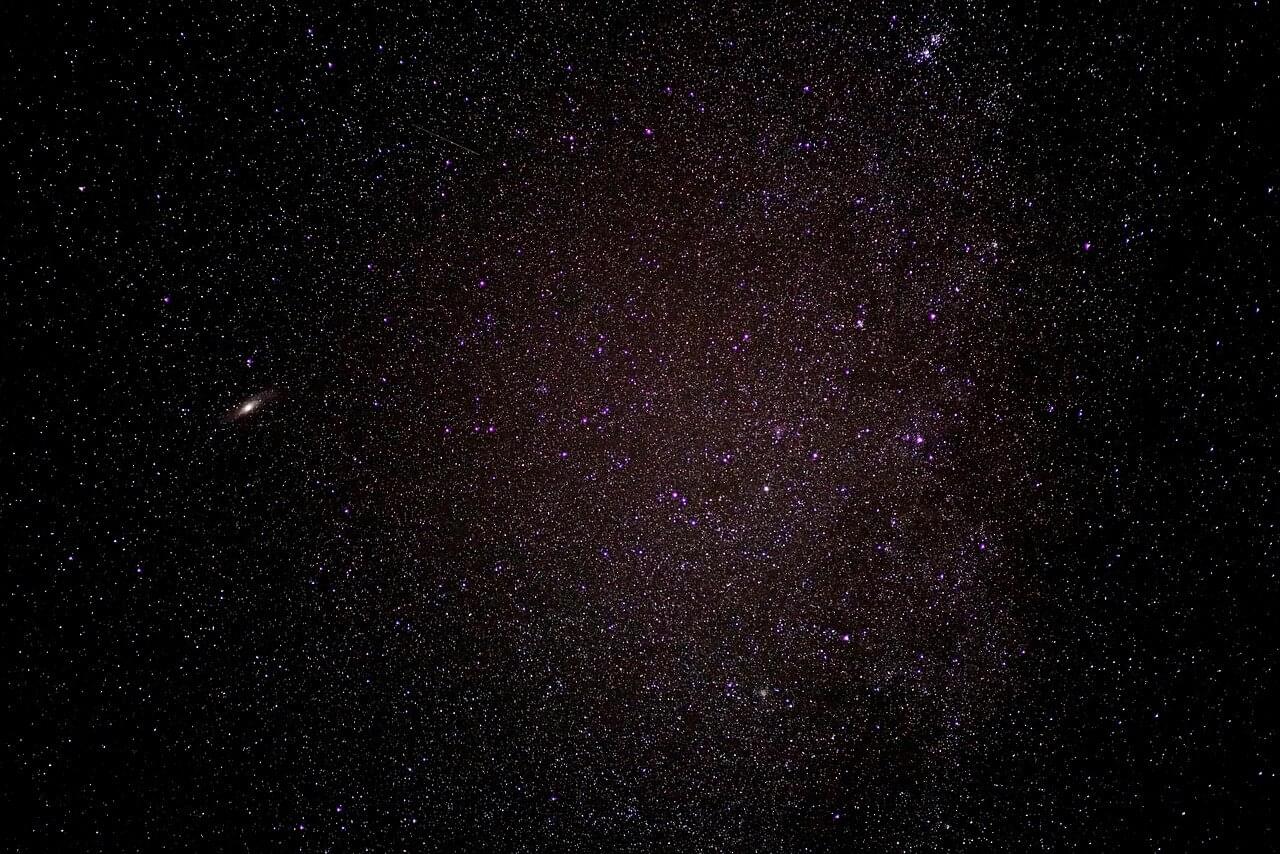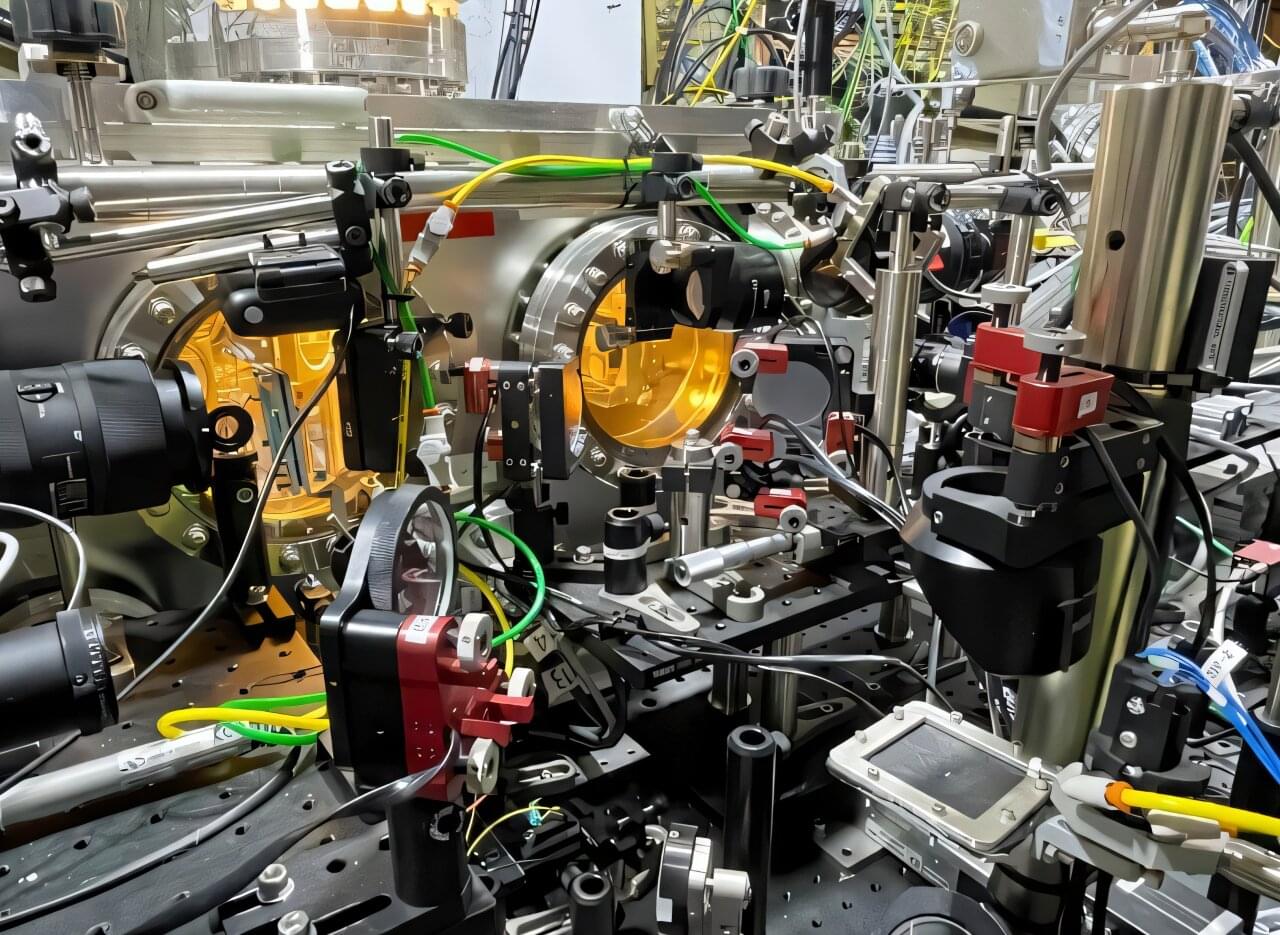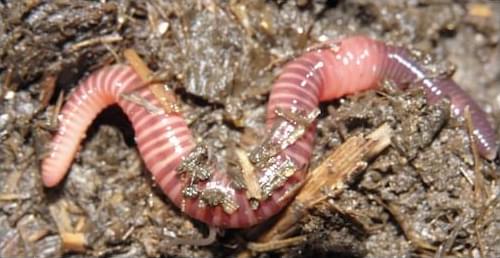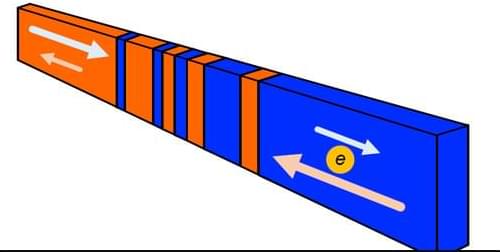The ability of single active filaments to cluster smaller particles could inspire new materials for building soft robots that perform biological functions.
Every teenager knows that their room will not tidy up by itself. Without intervention, it will inevitably become messier, and they will need to do some work to turn disorder into order. When faced with a similar problem—particle collection—scientists have tried to get individual bacteria, robots, or other self-propelling units to put in the work [1, 2]. But unlike a teenager, a single such unit is usually insufficient to get the job done. Now Rosa Sinaasappel of the University of Amsterdam and her collaborators have proposed and tested a strategy that enables a single active filament to act as a sweeping agent [3]. Thanks to the versatility of polymer architectures, the investigation opens up a huge molecular-design space.
One of life’s most defining properties is its constant struggle against the second law of thermodynamics. At different scales, living organisms need to maintain complex structures or perform directed and persistent motion, feats that would be extraordinarily improbable in thermal equilibrium [4]. Organisms are able to sustain order against entropy by means of constant energy consumption, a feature called “activity.” Conceptually, the sweeping of small objects into piles is a similar problem. The goal is to reach a low-entropy state that is highly disfavored at equilibrium. Bacteria and other active particles, driven by their persistent motion, spontaneously aggregate, and they have been shown to induce clustering of passive particles [1, 2]. However, successful clustering typically requires using a large number of active particles or engineering a complex setting with a favorable geometry [5, 6].






